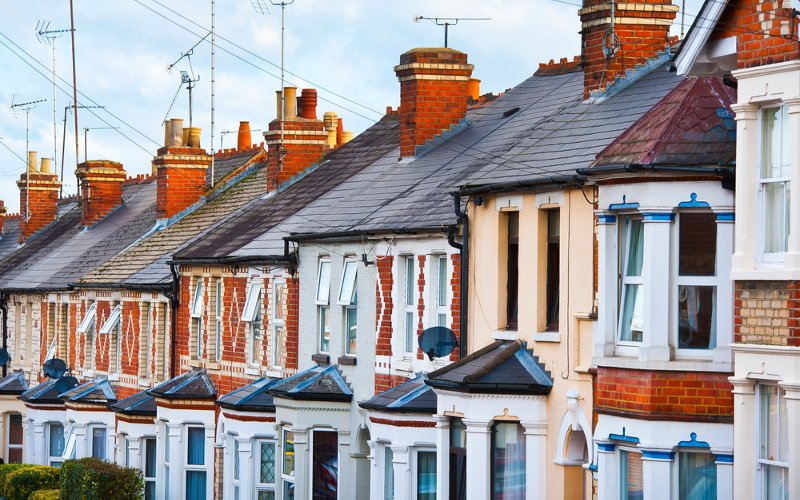The house price of new-to-the market properties increases by an average of 1.1% (£3,447) the biggest month-on-month rise for over a year and the largest at this time of year since 2016.

Despite a subdued housing market, market activity remains resilient with would-be buyers and sellers still having housing needs to satisfy, especially in the family home sector, the Rightmove House Price Index has found.
The house price of new-to-the market properties increases by an average of 1.1% (£3,447) the biggest month-on-month rise for over a year and the largest at this time of year since 2016. This uplift is the highest in April since 2016 and the largest monthly rise seen since March 2018.
Miles Shipside, Rightmove director and housing market analyst, said: “The rise in new seller asking prices reflects growing activity as the market builds momentum, egged on by the arrival of Easter.
“Some sectors of the market and some parts of the country have strong buyer demand and a lack of suitable supply.
“However, on average, properties are still coming to the market at slightly lower prices than a year ago. It’s one of the most price-sensitive markets that we’ve seen for years, with buyers understandably looking for value or for homes with extra quality and appeal that suit their needs.”
The family home sector made up of three and four-bedroom properties, excluding four-bedroom detached, is outperforming other sectors in the key metrics.
Families’ housing needs, often driven by the need for more space or proximity to schools, are outweighing the ongoing political uncertainty.
These properties are holding their value better than other sectors, coming to the market at asking prices 0.7% on average higher than a year ago compared to the national average fall for all properties of 0.1%.
Owners of this type of property are also slightly more willing to come to market, with 0.7% more new sellers than this time a year ago, compared with a 1.2% fall in new-to-the-market sellers nationally.
Finally, this sector is more likely to sell, with the number of sales agreed down by just 0.4% compared to this time last year, while the national average drop is 1.6%.
Shipside added: “Properties in this middle sector offer the ideal escape route to families looking for more bedrooms, more space and their choice of schools.
“They are often second-steppers out-growing their first property and it gets harder to postpone a move with growing children. They may have already delayed for a year or two waiting for Brexit clarity, and understandably their patience is wearing thin.
“While some movers are awaiting the outcome of deal or no deal, many families are keeping on dealing in the housing market.”
The EU’s offer of a Brexit extension until October coincides with what is usually the busiest moving season. While it is only a postponement, it lasts for long enough to relieve some of the short-term uncertainty, and so it arrives at an opportune time for the housing market.
Shipside said: “No doubt there are still a lot of twists and turns to come, but this extension could give hesitating home movers encouragement that there is now a window of relative certainty in uncertain times.
“We are not anticipating an activity surge, but maybe a wave of relief that releases some pent-up demand to take advantage of static property prices and cheap fixed-rate mortgages. This demand is clearly there as March was Rightmove’s busiest ever month with over 145 million visits to the site.”
Jeremy Leaf, north London estate agent and a former RICS residential chairman, added: "On the face of it, the Rightmove increases look fairly spectacular but asking prices are rising due to a shortage of stock - this is down to supply and demand.
“When you look beyond the numbers it is apparent that they include the 50 per cent of homes that don’t sell as well as those that do. Asking price is a marketing tool, not a valuation, so this is a useful guide to market movements, not least because the survey is now long-established and around 90 per cent of all estate agents subscribe to it."



